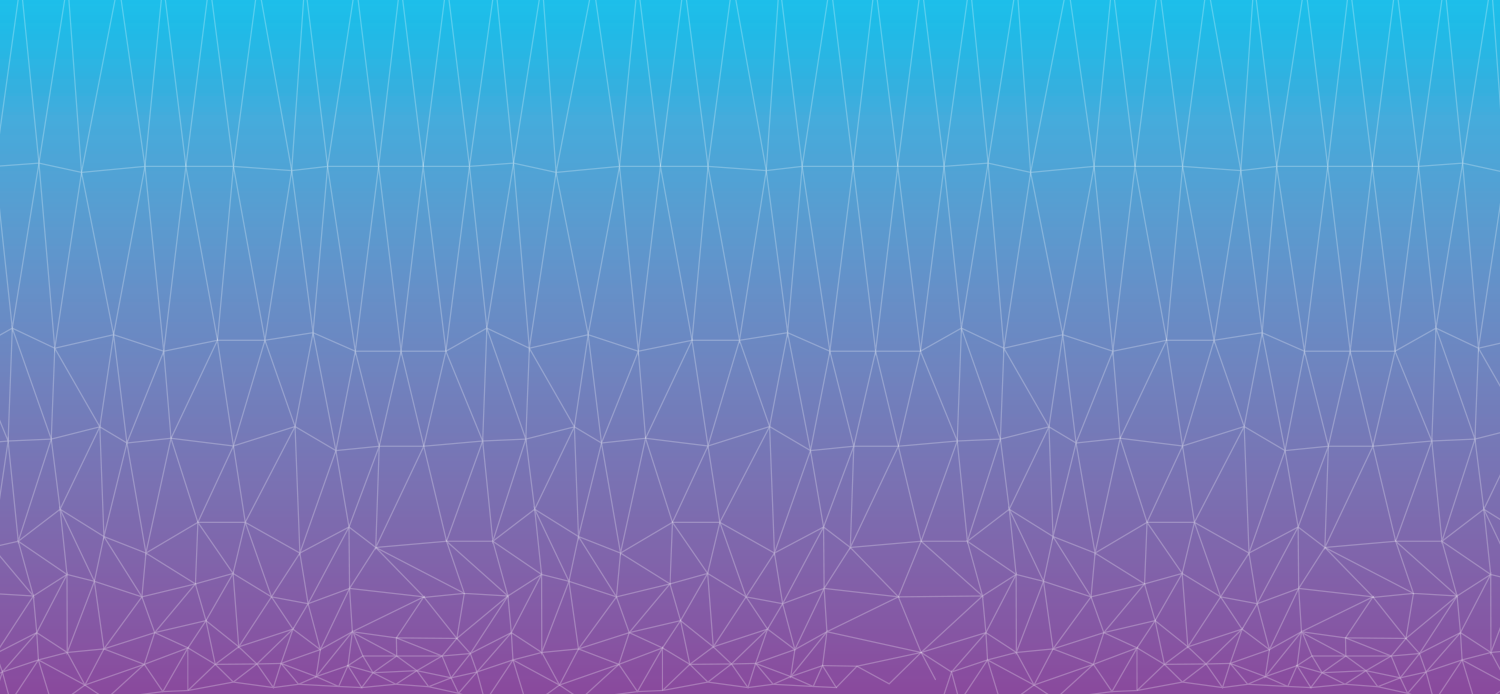
Hello Community,
I'll be taking some time away from the office from November 2025 through May 2026. To help support you on your self-care health journey, I've created a list of wellness and bodywork practitioners as well as self-care resources for you to explore. I hope you find these helpful in my absence.
Best wishes, Sonja
please click the button below for the resource guide
Relieving pain,
immobility, and
muscle dysfunction
WITH NeuroKinetic, Neuromuscular Myofascial Realignment Therapy
The REVIVE Bodyworks Therapy Process
FAQ
-
Your NeuroKinetic-Myofascial Release Therapy Session will be done on a massage table. During the session, you will be asked to shift positions to allow better access to the area being worked.
It’s important to be dressed appropriately (sports shorts and for females, a sports bra or tank top). You may also be asked to make specific movements to see where we need to work, activate muscles that are inhibited, or to retrain your movement patterns.
NeuroKinetic Myofascial Therapists work with their hands and forearms (at times, elbows), varying from short, quick movements to long slow, deep strokes or sustained pressure. These actions, also referred to myofascial releasing, aid in lengthening and freeing restrictions in the connective tissue. Use of hot stones, hot towels, Neurostim MPS™, Yoga postures, Graston or other tools of the trade may be used to assist the release of Inhibited tissues and assist the activation of Facilitated tissues.
Your session can take about 75 minutes, including an intake and postural or mobility assessments.
It’s normal to be a little sore or tired, or feel a bit bruised after each session. Try to take it easy. The goal is to allow your body to assimilate the new patterns to help alleviate pain.
Some clients benefit from Heat or Cold therapy, light stretching or yoga, taking a walk or bike ride to aid the integration.
-
A ReVive Bodyworks Session is focused on Non-surgical Pain Management.
Each client will encounter a different experience during the therapy session. I work within the boundaries of your nervous system so as not to overload the circuitry.
What’s most important is afterwards! Clients generally report feeling a deep release and better mobility/movement.
Sometimes, Day 2 or 3 after the session will feel a bit more intense, but not always.
Please know that YOU (the client) always have control of the session and the amount of pressure used.
ReVive Therapy is not a quick fix: it is slow and mindful work. This allows your Central Nervous System time to integrate the changes which is calming to the Parasympathetic nervous system, even for those who are sensitive to touch.
-
Implementing muscular and structural change in the body via Neurokinetic Myofascial Release techniques takes some time. Things to consider: How long have you been having the pain? What was the environment of the system BEFORE the pain showed up? Pain and dysfunction is sometimes infused in many layers. We need to peel the layers away to get to the root cause of your pain. The number, frequency, and spacing of treatments depends on your personal needs and goals, as well as how your body sees and integrates the treatment changes. The biggest determining factor is YOU…. there will be homework stretches or exercises for you to do once you leave the office. These are not ‘extras’, but rather integral pieces in the healing process.
Each session is thoughtfully organized to make our time and your healing efficient. My goal is to work on every area that holds pain and dysfunction. This requires to find the muscles that are inhibited (and activate them) and find the muscles that are facilitating the dysfunction (and release them).
This restores the functional movement and mobility in your body. How many sessions depends on where you have restrictions: can you twist side to side with little effort? Can you easily bend to tie your shoes or pick something up off the floor? Can you walk or run smoothly? Can you mountain bike with no pain? Playing with the kids or grandkids? What movement can improve your Pickleball game?
What we work on differs slightly person to person, depending on where you have restrictions. And this will determine your Plan of REVIVING your body.
With all of that being stated…. You’ll notice changes within the first 2 sessions. And maybe those changes are enough for you. And if not… we’ll continue until YOU FEEL the changes and are certain they have been implemented into your body’s patterns.
-
A NeuroKinetic Myofascial Release Therapy Session is an active therapy session. You will be moving your body in the before and after assessments, and moved into different positions during the session.
Comfort is the main thing to keep in mind. Because there will be some movement, it is recommended that your clothing not be too tight nor too loose. Some people are comfortable in sports shorts, and for women a sports bra or tank top. Other options are bathing suits, or what you might wear to a yoga class (though the heavy-weight or thicker material is very difficult to work through).
These items are not provided.
